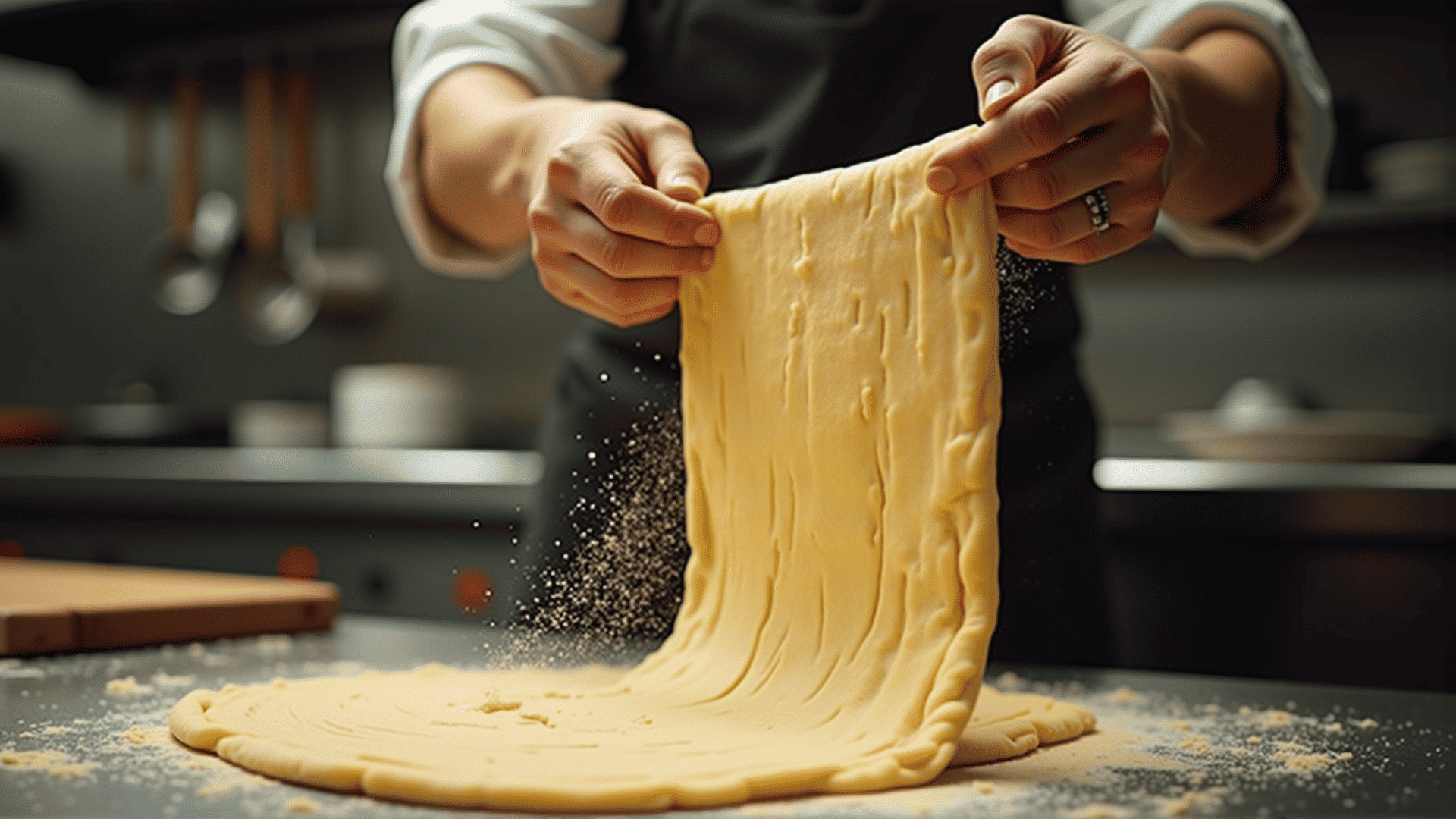Noodles are more than just a staple food; they are an art form steeped in centuries of tradition and skill. Mastering the craft of noodle-making is about embracing time-honored techniques that have been perfected over generations. From selecting the right ingredients to executing precise techniques, each step in the noodle-making process is crucial to achieving the perfect texture and flavor.
The journey to perfect noodles begins with the most fundamental component: flour. Choosing the right type of flour is essential, as it determines the texture and elasticity of the noodle. Wheat flour is most commonly used, with durum and semolina offering a robust flavor and firm bite ideal for Italian pasta, while soft wheat flours are preferred in Asian cuisines for their smooth texture. It is important to consider the protein content of the flour; high-gluten flours provide strength and chewiness, essential for noodles meant to hold their shape like ramen or udon.
Once the flour is chosen, the next step is creating the dough, which requires the right balance of water and sometimes additional ingredients like eggs or salt. Water temperature plays a critical role in dough formation. Cold water can yield firmer noodles, while warm water results in a softer dough. Kneading is an art in itself, as it activates the gluten matrix, giving the dough its elasticity and strength. The process of kneading should be done meticulously, folding and stretching the dough to develop just the right amount of gluten for that perfect bite.
Resting the dough is another crucial step that shouldn't be overlooked. Letting the dough rest allows the gluten to relax, making it easier to roll out without breaking. This process is essential, especially for hand-stretched noodles, where elasticity and smoothness are key.
Once rested, the art of noodle stretching comes into play. This skill, especially in traditional Asian noodle-making, requires practice and precision. Whether it's the vigorous pulling of hand-pulled noodles or the delicate hand-rolling for thin pasta varieties, this process defines the noodle's ultimate shape and texture. Stretching should be done with a gentle but firm hand, working systematically to ensure even thickness and preventing breakage.
For unique noodle varieties such as wonton noodles or soba, additional techniques and ingredients come into play. For instance, buckwheat is often used in soba noodles, providing a distinct nutty flavor and requiring specific handling due to its lower gluten content. Understanding these nuances and how they affect the making process is key to mastering various noodle types.
Cooking the noodles is the final stage to mastery. Timing is everything; overcooking can lead to a mushy texture, while undercooking leaves them too firm. A quick dip in boiling water, followed by an immediate rinse in cold water, helps to achieve that beloved al dente texture, prevalent in many noodle dishes across cultures.
Crafting perfect noodles is a meditative practice that not only embraces technique but also respects tradition. It is an experience that connects us to culinary histories while allowing creativity to play a role in flavor and style. By honing these skills, you not only create an extraordinary dish every time but contribute to the living tradition of noodle-making. Each strand you masterfully create ties you to an age-old art that continues to comfort and nourish hearts and bellies around the world.
